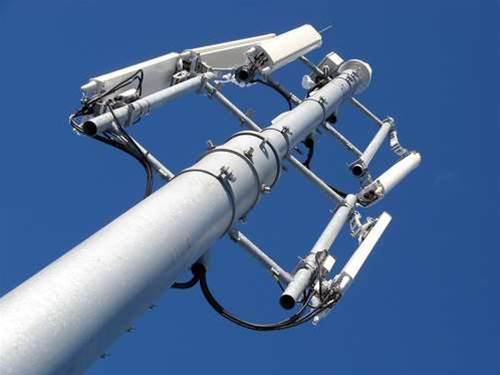Television broadcasters may be required to change their channel frequencies and upgrade network kit to make way for next generation mobile technologies including long-term evolution (LTE), a Federal Government report has revealed.

Communications Minister Stephen Conroy yesterday announced plans to free up the 694 to 820 MHz chunk of wireless spectrum and auction it within three years.
The "once-in-a-generation" opportunity, as Conroy called it, was expected to attract international interest and could also add billions to government coffers.
"I'm sure Lindsay Tanner and Wayne Swan will have a great deal of interest in the outcome of those auctions," Conroy said.
A date for the auction is yet to be set but Conroy guaranteed it would occur prior to the 2013, when analogue TV signals are switched off.
"We would certainly be looking to do something next year or the year after," Conroy said.
"The reason for that is we want to give certainty to successful bidders in that auction about what they can start putting on the ground in terms of the physical infrastructure networks."
Restacking risks
The Government's plans were detailed in a so-called "green paper" that was put out for public comment yesterday.
The report said that "restacking" of television spectrum would need to occur to ready the top end of the UHF band (694-820 MHz) for auction.
"A restack of the UHF spectrum would require broadcasters to move a number of digital television services to different frequencies and this exercise may necessitate purchasing new transmission equipment and/or retuning existing equipment," the report said.
Any restack would also impact consumers and other spectrum users, according to the Government.
Anyone with a digital set-top box would be required to retune it to continue accessing some free-to-air stations.
"This may need to occur more than once in the lead up to switchover," the report warned.
"For most viewers, this will be a relatively simple process, and may also need to be done when new digital channels are introduced by a broadcaster."
The restack could also cause previously utilised frequencies to be no longer accessible to users of certain devices, including wireless audio devices, transmitters used for underground communications and biomedical telemetry transmitters.
"Operators of these devices may therefore need to move frequencies.
"There are costs associated with any move, in terms of retuning or development and purchasing new equipment compatible with new frequencies.
"There is also a risk of disruption to users of these devices."


.png&h=140&w=231&c=1&s=0)
.png&h=140&w=231&c=1&s=0)
.png&h=140&w=231&c=1&s=0)

.png&w=100&c=1&s=0)




 Digital As Usual Cybersecurity Roadshow: Brisbane edition
Digital As Usual Cybersecurity Roadshow: Brisbane edition
 Private AI vs Public AI: How your organisation can securely adopt AI without compromise and excessive cost
Private AI vs Public AI: How your organisation can securely adopt AI without compromise and excessive cost
 iTnews Benchmark Security Awards 2025
iTnews Benchmark Security Awards 2025
 Digital Leadership Day Federal
Digital Leadership Day Federal
 Government Cyber Security Showcase Federal
Government Cyber Security Showcase Federal










.jpg&h=140&w=231&c=1&s=0)



